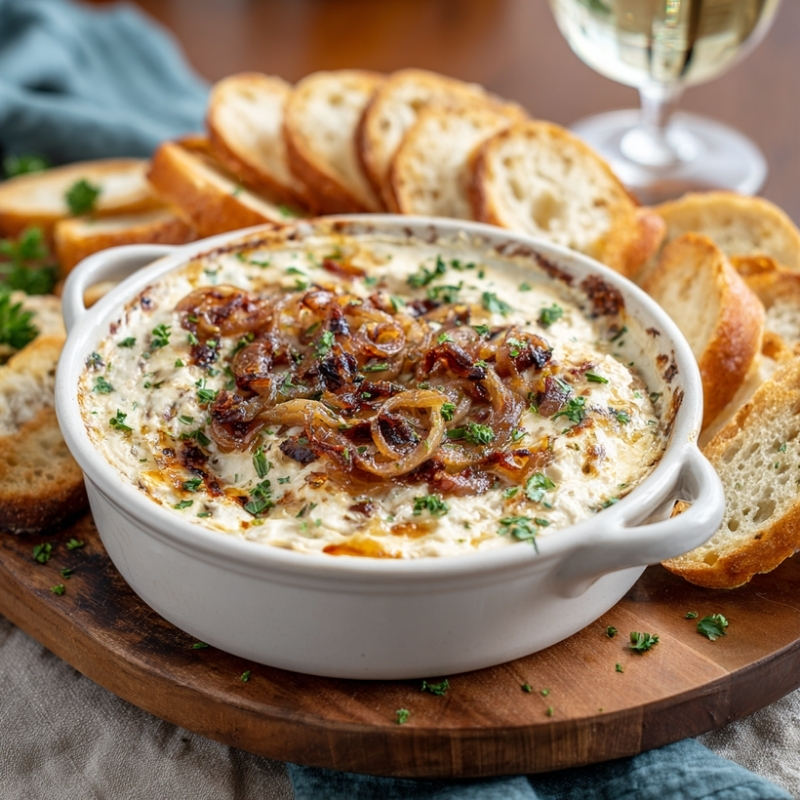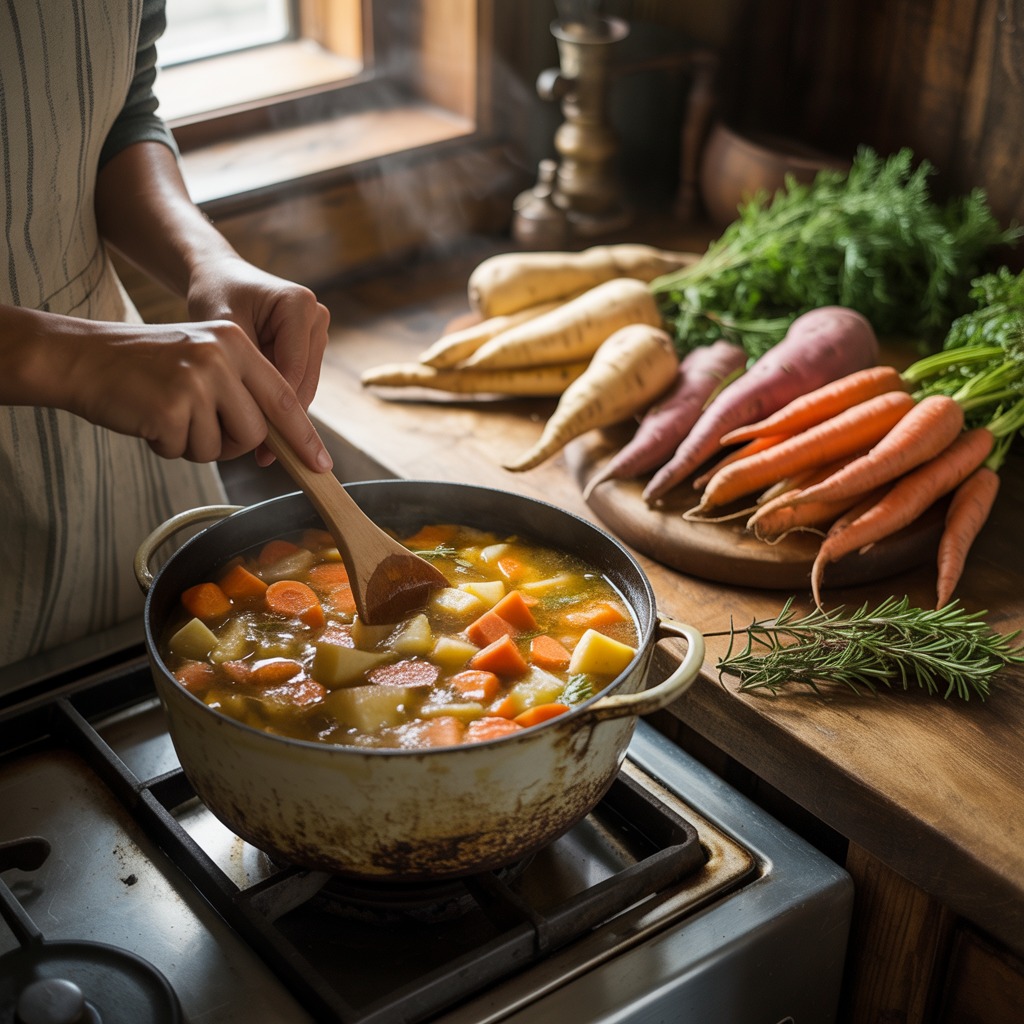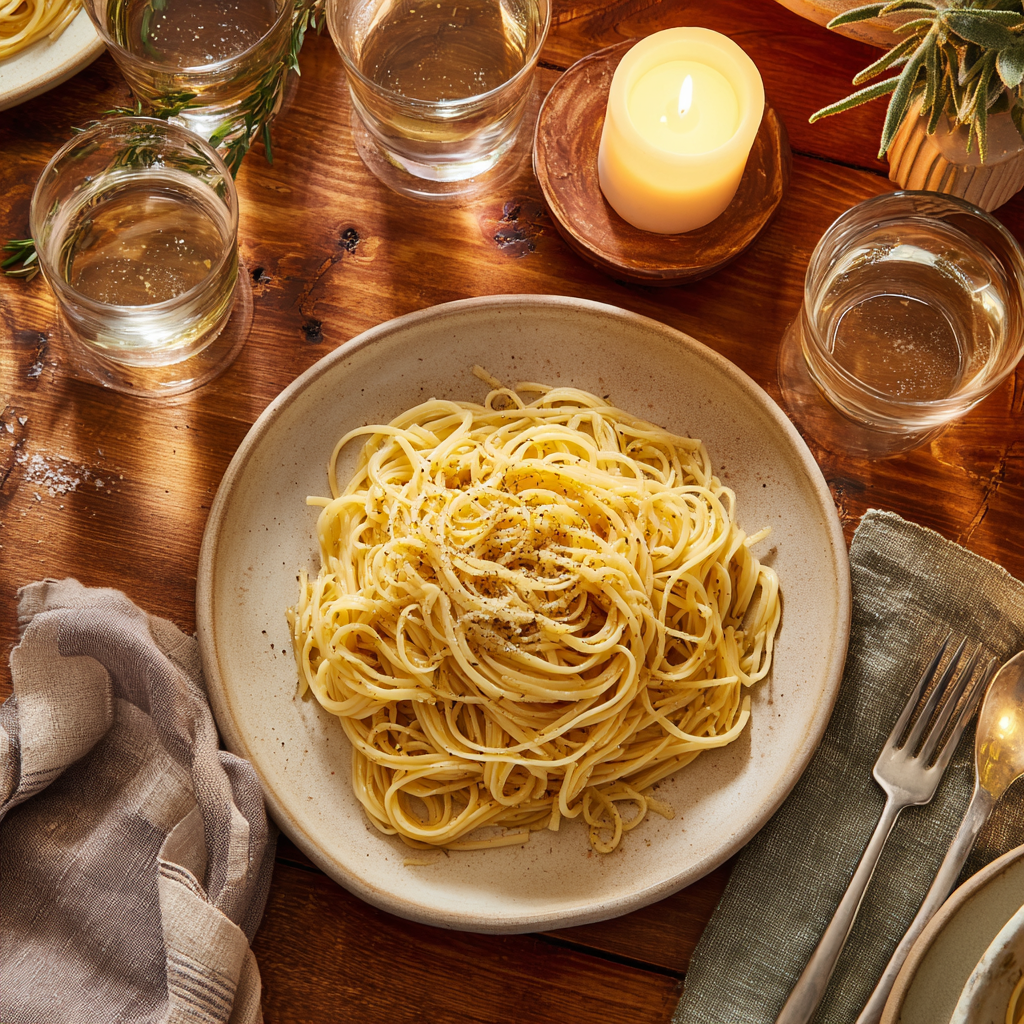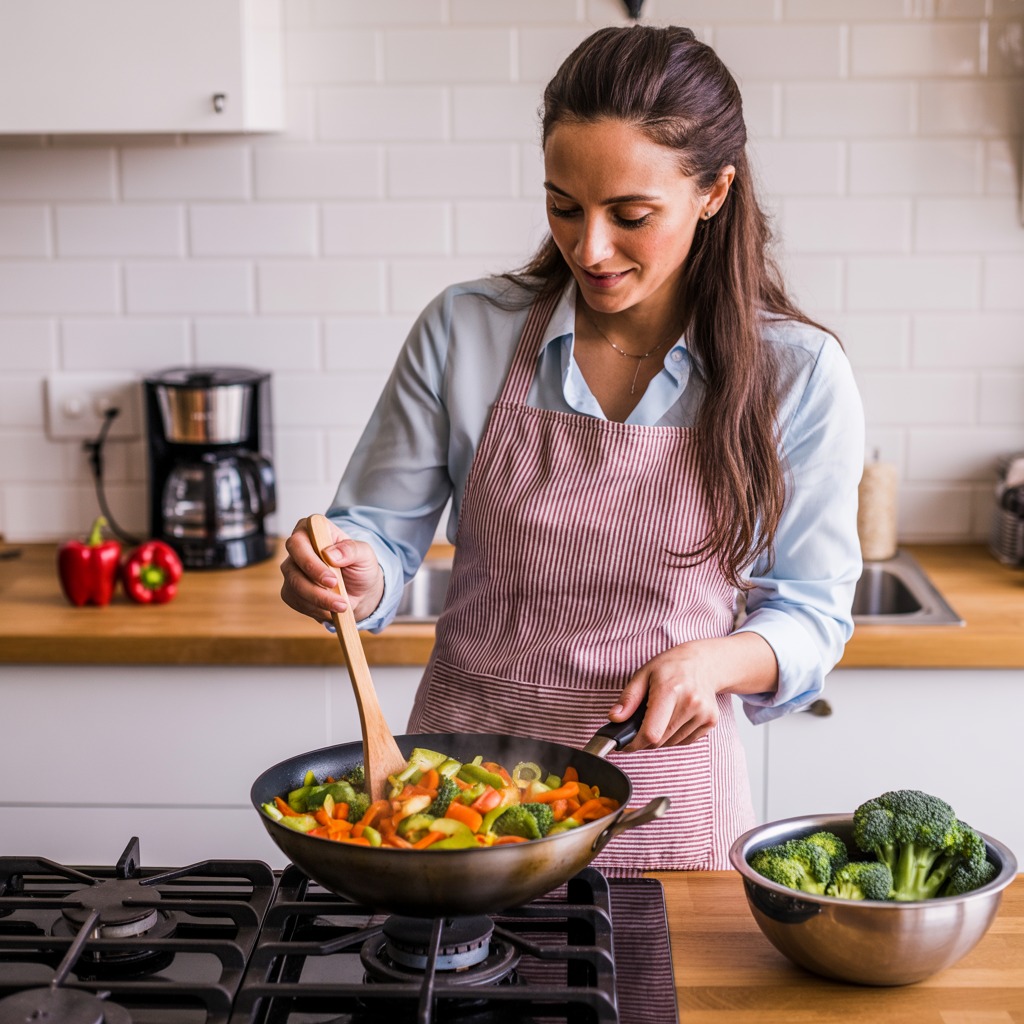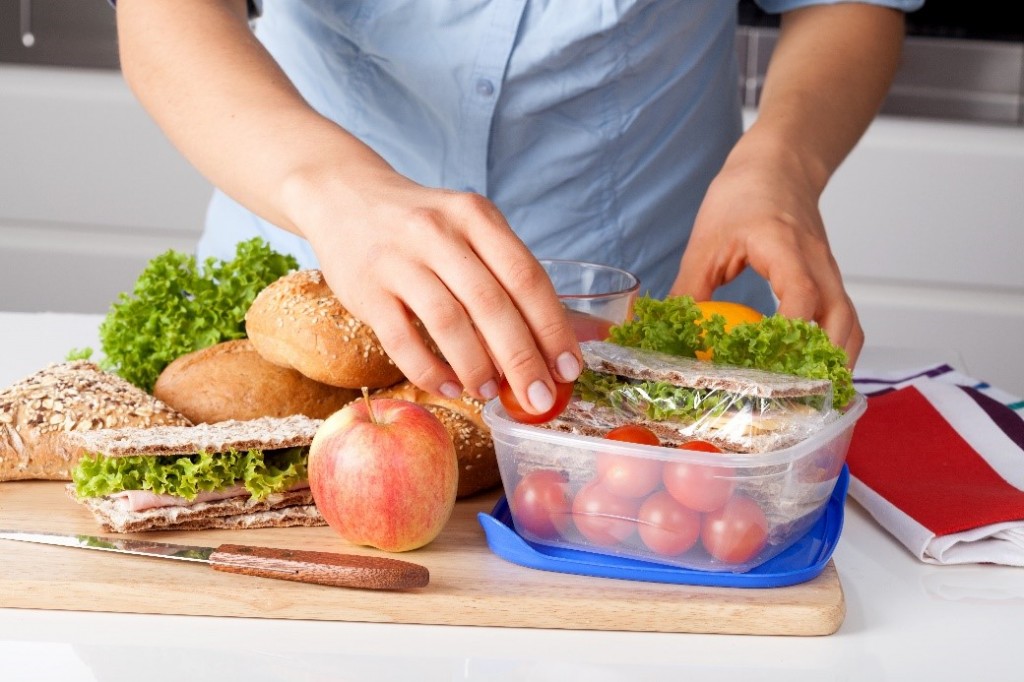How I Taught My Kids to Cook—Without Losing My Patience
Flour on the floor. A cracked egg on the counter. The kitchen smelling faintly of burnt toast and cinnamon. That’s what Sunday morning looked like when my three kids decided they wanted to make breakfast all by themselves. I stood nearby, trying hard not to hover, hands itching to fix the uneven pancake batter while my daughter stirred with intense focus and my youngest insisted the blueberries go in the eggs.
My instinct was to take over. To rescue breakfast from becoming a science experiment gone wrong. But something made me pause. They were creating. They were learning. And their giggles? Worth every mess and mismatched ingredient.
That’s how this journey began—me standing at the edge of my kitchen, trying to share not just recipes but rhythms. Letting go of control to teach my kids the magic of food. Not because they had to learn, but because I wanted them to taste what I feel every time I chop, stir, and season with love.
Why I Wanted My Kids in the Kitchen
I knew I wasn’t just teaching them how to scramble eggs or roll cookie dough. I was giving them the tools to care for themselves, to explore creativity, and to appreciate what it takes to feed others with heart.
I also wanted to demystify cooking. In a world where fast food and packaged meals are the default, I wanted them to see that home-cooked meals can be joyful, imperfect, and deeply satisfying. Plus, on practical days, having little helpers means dinner comes together faster—in theory.
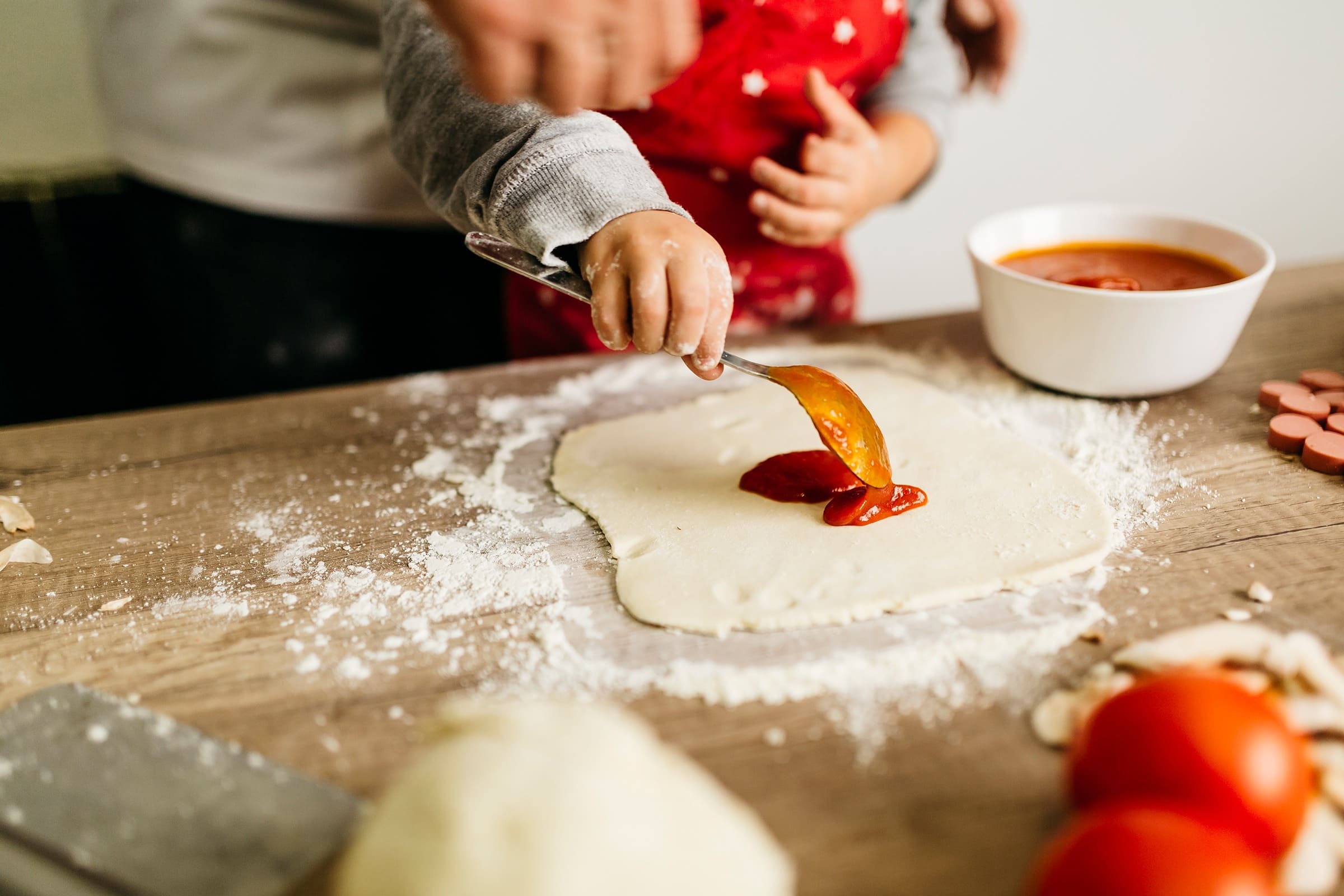
What Helped Us Get Started
Keep It Small and Simple
I didn’t start with a five-course dinner. Our first kitchen moments were humble:
- Stirring batter for banana muffins
- Washing lettuce and tearing it for sandwiches
- Scooping cookie dough onto trays
Give Them Real Tasks (Even If They’re Messy)
Children love feeling capable. My son lights up when I trust him to cut strawberries with a safe knife. My daughter beams when she cracks eggs (and yes, we lose a few yolks along the way).
Prep for the Chaos
Mise en place became my best friend. I lay out ingredients, prep tools, and mentally prepare to be slower than usual. And I never, ever wear white.
The Magic in the Mess
One evening, we tried making spring rolls. Rice paper stuck everywhere. Carrots ended up under the fridge. But sitting down to eat those crooked little rolls, my kids said, “We made this!” That pride? That’s the magic.
They’ve learned that the kitchen isn’t about getting it right. It’s about paying attention, being present, and laughing through the flops.
Tips for Keeping Patience (and Sanity)
- Set low expectations: Success isn’t a perfect dish. It’s a shared experience.
- Keep wipes nearby: They’ll spill. It’s fine.
- Step back intentionally: Let them figure out the whisk or the spoon direction. They grow faster when we don’t rush in.
- Give up the timer: Cooking with kids means delays. Embrace the slower pace.
Our Favorite Kid-Friendly Recipes
- Rainbow fruit skewers: No cooking required, just colors and patterns.
- Mini veggie frittatas: Pour batter into muffin tins, let kids choose toppings.
- Quesadilla bar: Lay out fillings, let each child make their own.
- No-bake energy bites: Mix oats, peanut butter, honey, and mini chocolate chips—roll and chill.
These recipes are forgiving, flexible, and built for joyful messes.
What My Kids Have Taught Me
Patience isn’t about staying calm. It’s about choosing connection over control.
I’ve learned that my kids don’t need the perfect meal. They need to be seen, trusted, and included. That’s what they remember—not the golden crust, but the warm glance while stirring sauce or the high five after flipping a pancake.
And honestly? Some of our best meals came from letting go. From giving them the space to try, to taste, to fail, and to try again.
Final Thoughts
Teaching my kids to cook hasn’t just made them more independent. It’s made our home more connected. It’s added rhythm to our weekends, stories to our dinners, and laughter to our mistakes.
If you’re thinking of inviting your little ones into the kitchen, take it slow. Start with one bowl, one spoon, and a little faith. The rest will come—messy, magical, and full of love.
